Exact Answer: At least 30 mins
A primer is a substance that helps your paint project have a smooth and uniform final finish. Essentially, it is an undercoat that prepares the painting surfaces and makes them suitable for a topcoat. There are two types of primers including porosity-sealing and adhesion-promoting primers. Both of these types of primers serve different functions.
Porosity-sealing primers basically seal porous surfaces such as wood, concrete, or drywall, preventing paint bubbles and an uneven finish. Adhesion-promoting primers enable the effective adhesion of the topcoat to the project’s surface.
Etch primers, or commonly known as self-etching primers come under the branch of adhesion-promoting primers. They use the process of etching onto the surface, to promote the adhesion of the future coat. Self-etch primers are used on surfaces such as metal (either ferrous or non-ferrous), fiberglass, and more.
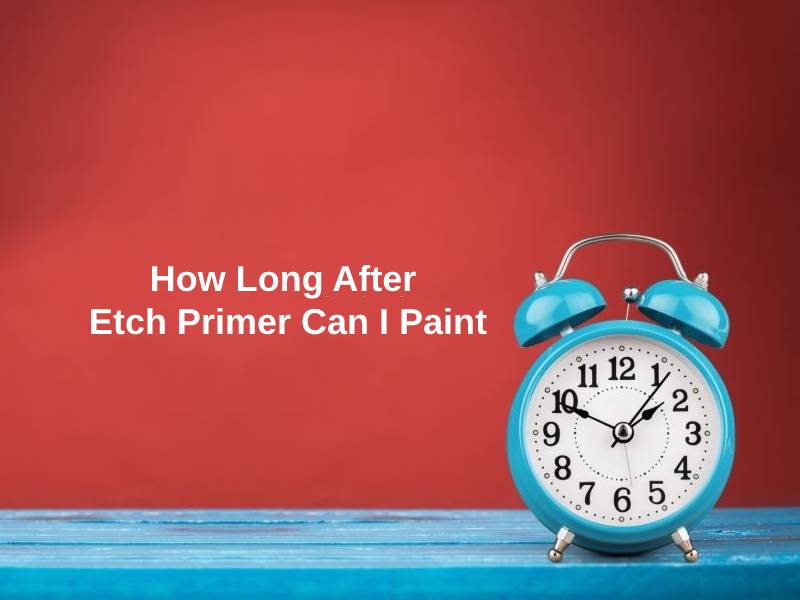
How Long After Etch Primer Can I Paint?
| Curing time before paint | |
| Self-etching primer | 30 minutes |
| Epoxy primer | Approximately 72 hours |
Self-etching primers are used on metal surfaces that are bare, fiberglass, and aluminum. What sets them apart from regular primers is their unique ability to etch onto the surface they are applied to. This is because the primer compound possesses a chemical that is responsible for bonding and etching onto the metal. The self-etching primers contain a small concentration of phosphoric acid, which chemically burns into the metal. This creates strong adhesion between the future paint topcoat and the existing surface.
Since self-etching primers are concocted with low volume solids, they result in low film builds, owing to their thin coats. Even though they require only a thin coat, they get the job done effectively, by maximizing adhesion. In addition, these primers don’t need extensive preparation. Since they contain zinc phosphate pigments that place a seal, the self-etching primers also boast good protection against corrosion. Note that etch primers also have a very short curing time, when compared to other primers such as latex and epoxy primers.
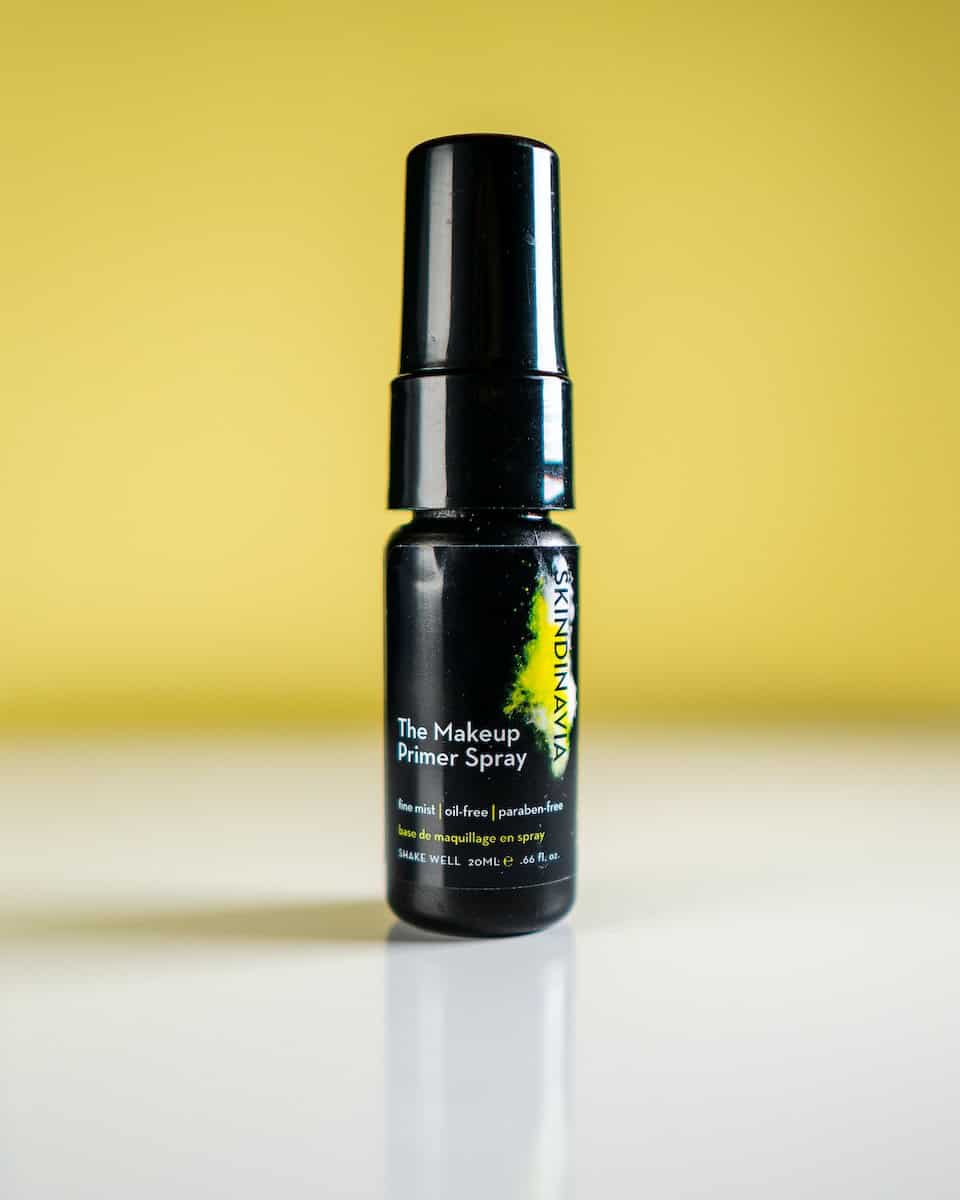
The metal surface has to be cleaned thoroughly beforehand, using mineral spirits. Then you may choose to sand the surface to make it smooth, using sandpaper that is either wet or dry. Wetting the sandpaper offers a better and smoother finish. After cleaning off the sanded material, you can then spray on the self-etching primer slowly and steadily, and at a distance from the surface. Two or three more coats that are thin with two minutes of drying between them, can result in better adhesion and a smoother look. You may also choose to wait for 3 to 4 hours for sanding the primed surface again. If you wish to pain after priming, remember that it will dry in 30 minutes and will be ready for the paint topcoat.
Why Does It Take That Long To Paint After Etch Primer?
Drying and curing time heavily depends on the surrounding temperature and humidity. The appropriate temperature level is approximately 70°F (21.1°C). In addition, the recommended humidity level is 50%.
The lesser the humidity in the atmosphere, the faster that the self-etching primer dries. This is because in an environment with low humidity, there is a high concentration of water in the form of molecules, that are suspended in the atmosphere.
The general rule of thumb is that a cold and dry day is better suited for a shorter drying time for the primer when compared to a hot and humid day, as temperature and humidity are interconnected.
If you paint over the self-etching primer too soon, then it can result in an unpleasant finishing look. The final appearance of the surface may be uneven, can have bubbles and streaks. In addition, the paint has a high risk of peeling off or being scratched off easier than before.

You must allow the primer to work effectively, thus allowing the phosphoric acid to burn into the bare metal surface, and bond with it, creating a rough surface for the paint to effectively attach to. If the paint is applied before the primer could start working, then it will not be able to adhere to the surface completely, making it weak no matter how many coats you apply. This negates the whole function of the primer, rendering it useless in this situation. Even after drying, the paint has a chance of being peeled off or scratched off.
Conclusion
To conclude, self-etching primers are incredibly useful as they serve as an undercoat that promotes maximum adherence of the topcoat to the surface, using their acidic chemicals. They are especially required when working with bare metal surfaces. Unlike most regular primers, they only need a thin coat to work effectively.
However, because it should be applied as thin coats, it is not advised to use it for metals in environments with decreased corrosivity levels. In addition, it is not applicable for topcoats of high film thicknesses and those that seem heavy-duty.
But, the thin coat of self-etch primer dries relatively quicker than other primers, and so the paint topcoat can be applied after at least 30 mins of applying the etch primer.


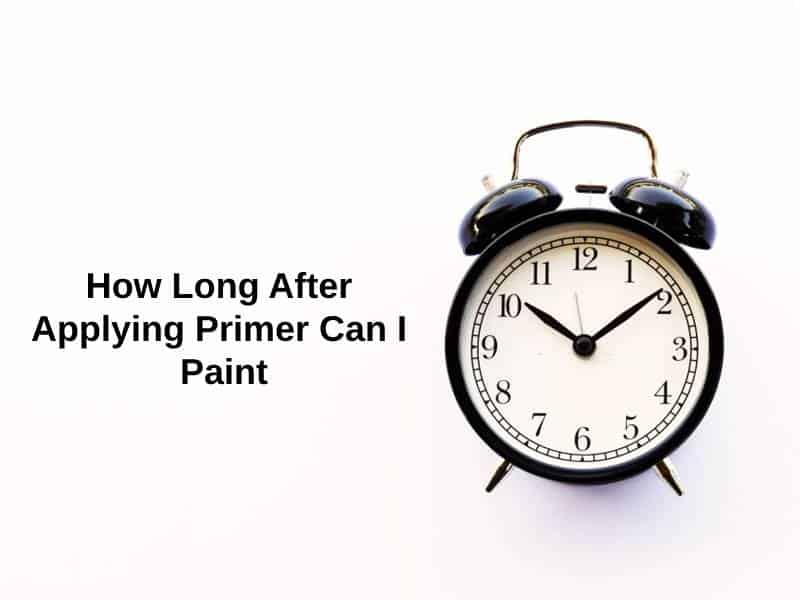
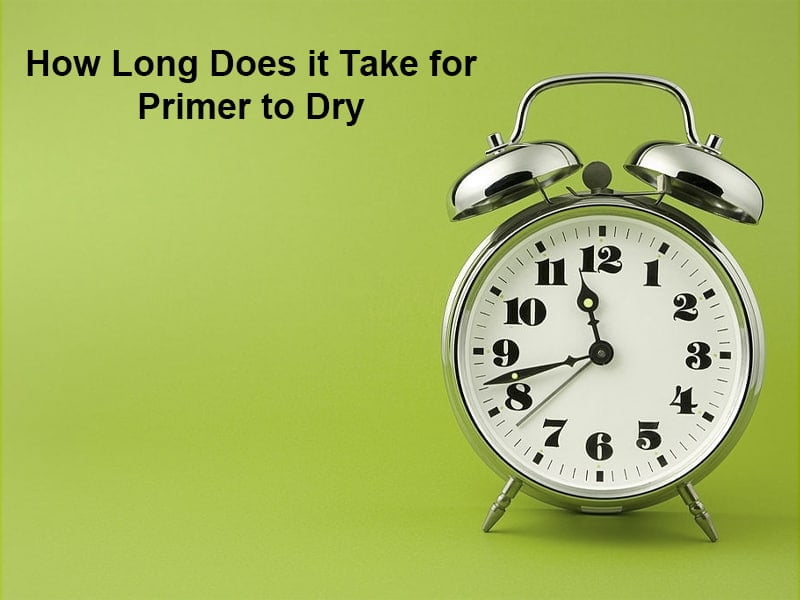
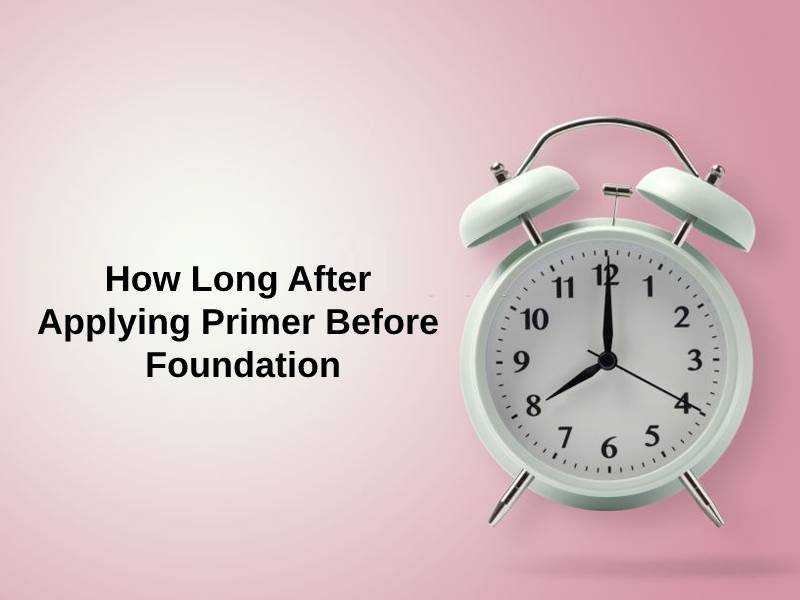
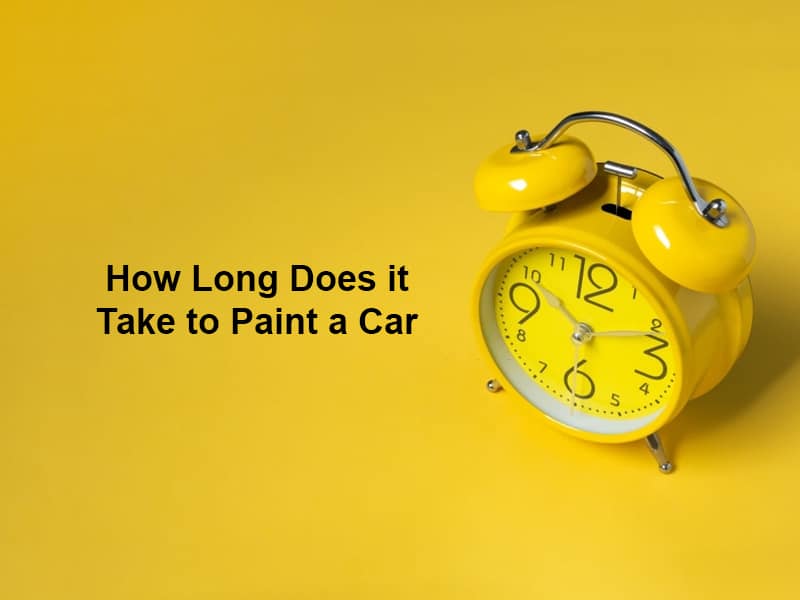
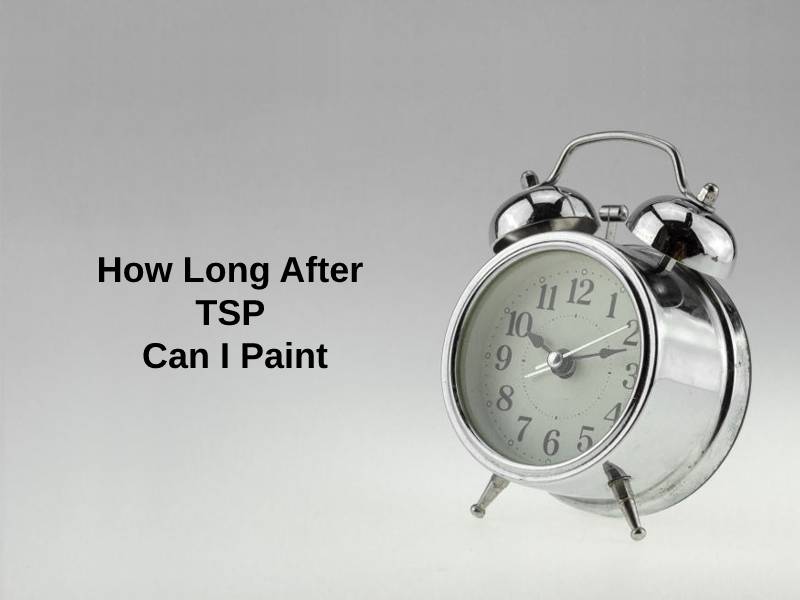
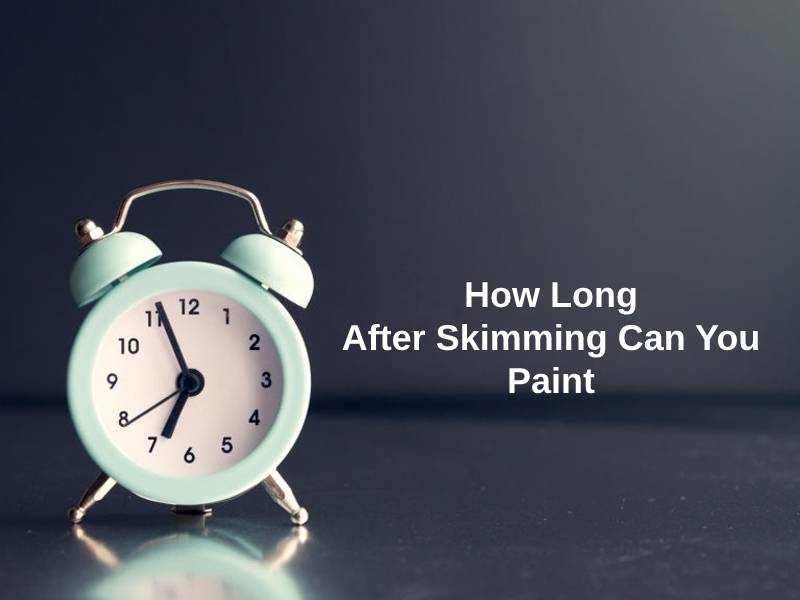
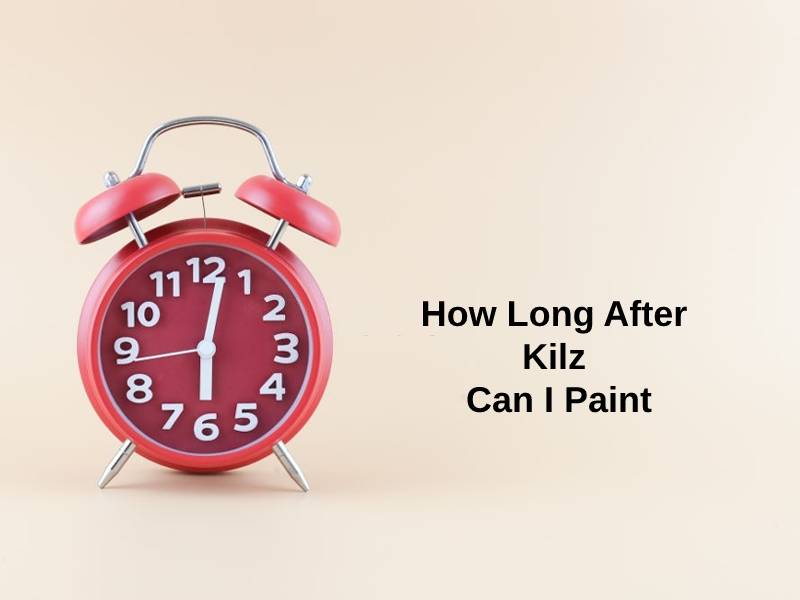
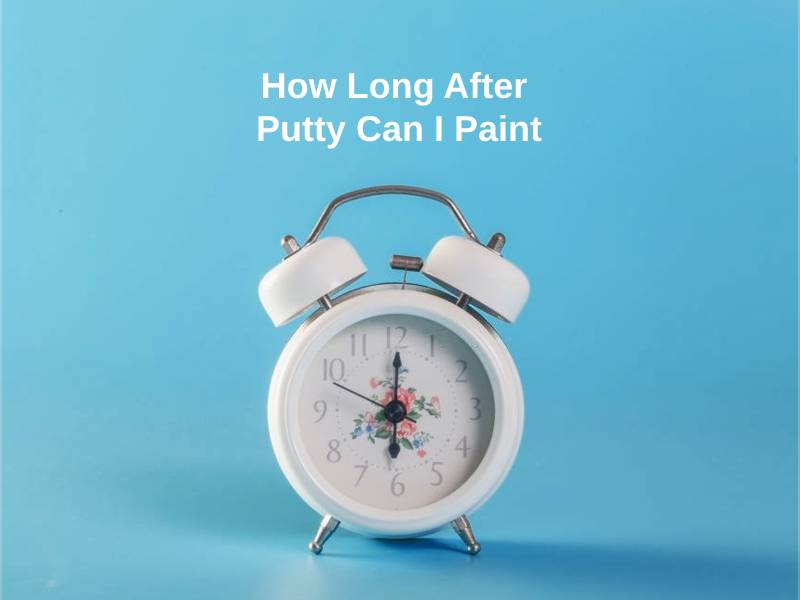
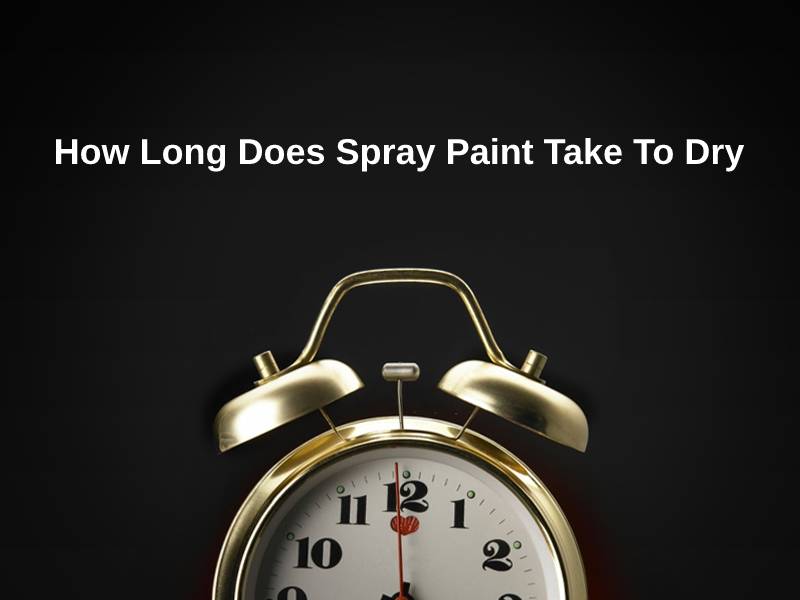


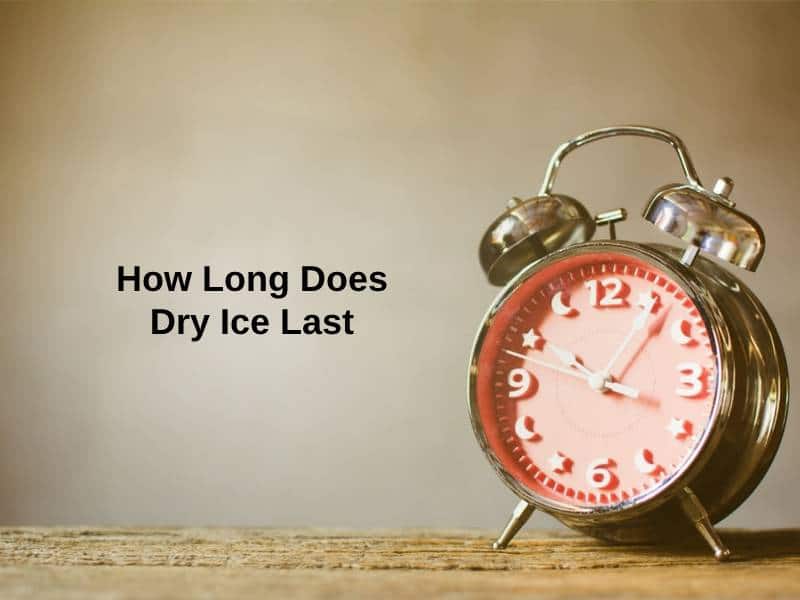


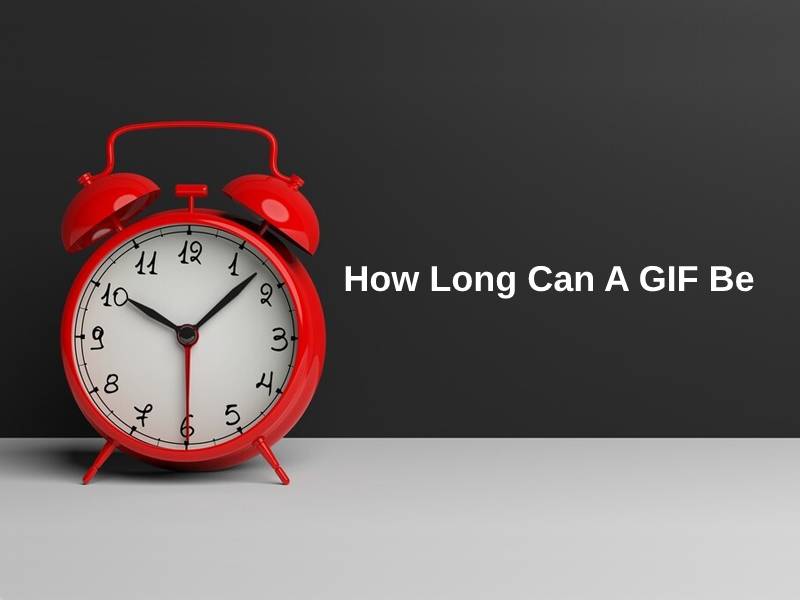

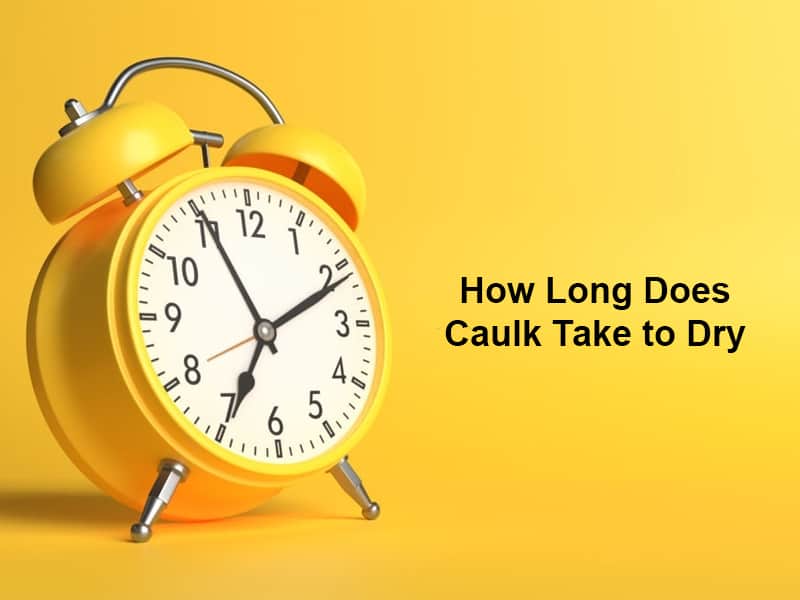
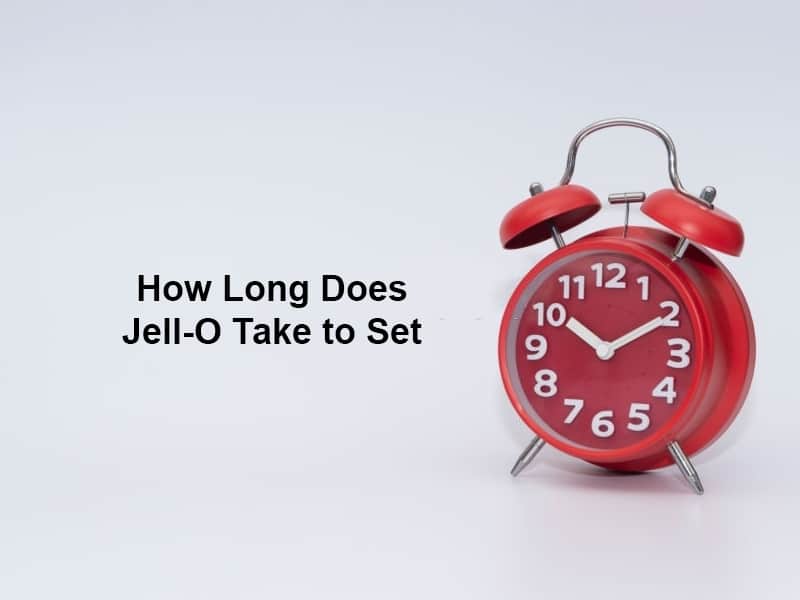
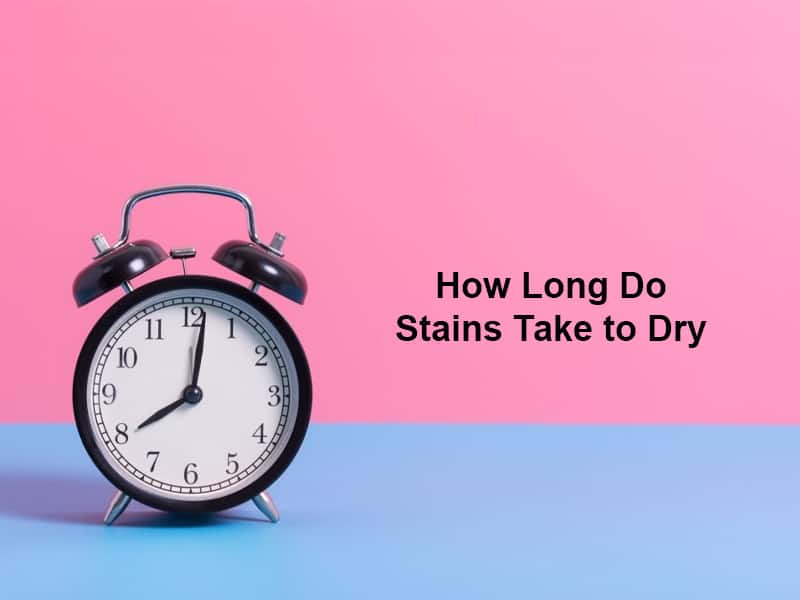
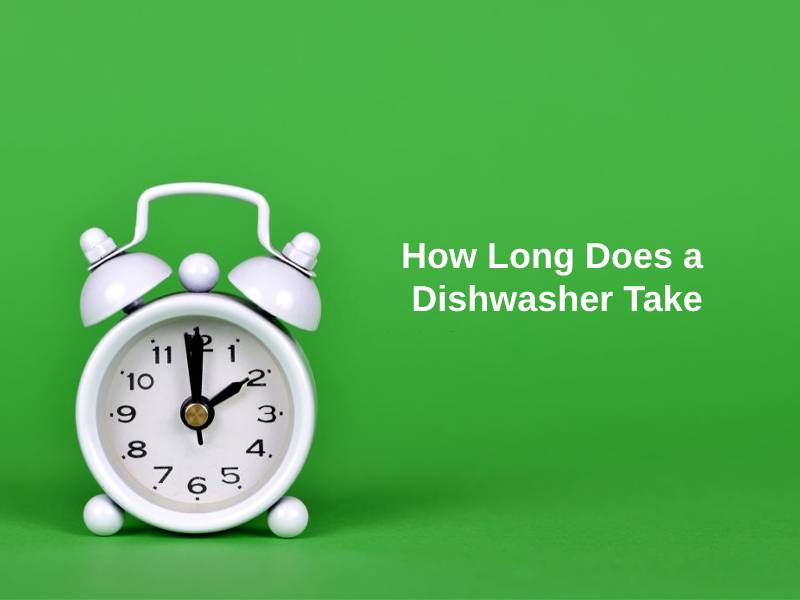



This article provides a comprehensive breakdown of the different types and functions of primers. It’s impressive to learn that self-etching primers require a short curing time of just 30 minutes before painting. Great information!
The article effectively conveys the importance of allowing self-etching primer to bond with the metal surface before painting. The detailed instructions on applying the primer are also very useful.
The article’s explanation of the impact of temperature and humidity on drying and curing times provides a clear understanding of why it’s essential to wait for 30 minutes before painting over self-etching primer.
The article clearly outlines the risks of painting over self-etching primer too soon. It’s interesting to see the chemical process behind the bonding of the primer to the metal surface.
The description of how self-etching primers are formulated with low volume solids to result in low film builds was very insightful. This article provides a comprehensive understanding of the topic.
I appreciate the emphasis on the impact of humidity on the drying process of self-etching primer. The explanation is thorough and makes a lot of sense.
The detailed explanation of the chemical process of self-etching primers and their unique ability to bond to metal surfaces was fascinating. This article is comprehensive and well-researched.
The thorough explanation of how self-etching primers work, and the risks of painting over them too soon, provides valuable insight into the painting process. This article is educational and informative.
The detailed instructions on how to apply self-etching primer are incredibly helpful. Understanding the importance of temperature and humidity on drying time was particularly enlightening.
The detailed instructions and explanations in this article are incredibly informative. Understanding the importance of allowing the primer to work effectively before painting is valuable knowledge.